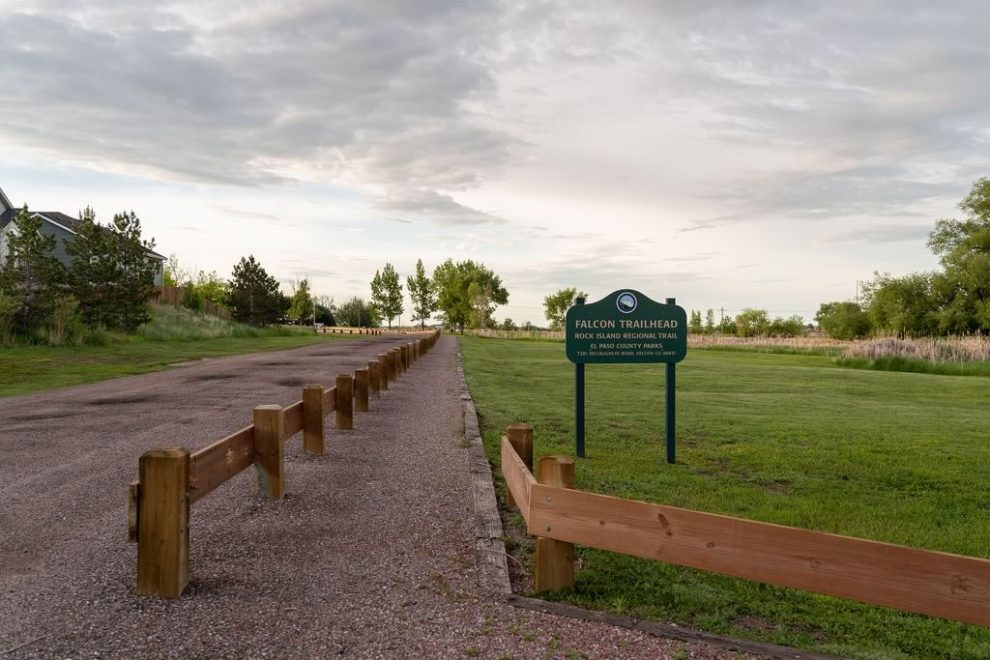By Dr. Paul Mayer, co-medical director of El Paso County Public Health
After a long, snowy winter, nothing feels better than spending time outdoors in the warm spring air — unless you, like many others, suffer from seasonal allergies. This is generally due to higher pollen counts as the days turn warmer and flowers, plants and trees start to produce more pollen. We often refer to allergic reactions from pollen as hay fever. Hay fever — which is technically called allergic rhinitis — occurs when pollen enters the body and your immune system believes the pollen is a threat to your health and well-being. Your body will then deal with the “threat” by releasing chemicals that cause rhinitis — that annoying sneezing, itching and congested runny nose. According to the Centers for Disease Control and Prevention, symptoms of allergic rhinitis can affect as many as 60 million people per year in the United States. If you are one of those who suffers through spring allergy season, you are not alone, and there are ways to help lessen your symptoms.
The best way to face the season is to take small steps in your daily activities that will lessen your exposure to things that trigger your allergies:
- Limit your time outside on days that are windy and dry.
- Close doors and windows when pollen counts are high to keep your indoor air as clean as possible.
- If you are able, get an indoor air filter in your home or bedroom.
- Rinse your sinuses with a saline nasal solution.
These simple steps will help to lessen the impact of seasonal allergies. However, if these steps are not enough to manage your symptoms, you can always try an over-the-counter remedy, such as oral antihistamines, oral decongestants, antihistamine eye drops and nasal steroid sprays.
If your symptoms are accompanied by a fever, it may not be seasonal allergies, and you may be sick with a cold or other respiratory virus. If you do have a fever, make sure to stay home, cough or sneeze into a tissue, and make sure to wash your hands often with soap and water. If your symptoms do not improve, reach out to your doctor to get the care you need. For more information on flu and other respiratory illnesses, visit El Paso County Public Health at https://www.elpasocountyhealth.org.
From El Paso County Public Health
COVID-19 guidelines
Last month, the NFH published guidelines for COVID-19; however, the day before we went to print, the Centers for Disease Control and Prevention changed those guidelines.
The CDC changed their guidance for COVID 19 from a five-day isolation protocol to a recommendation to stay home 24 hours after being fever free and symptoms are improving.
You do not need to test negative in order to end isolation. In general, you can end isolation based on the following:
If you had no symptoms, you can end isolation after 24 hours.
If you had symptoms and they are improving and you are fever-free, you can end isolation after 24 hours.






